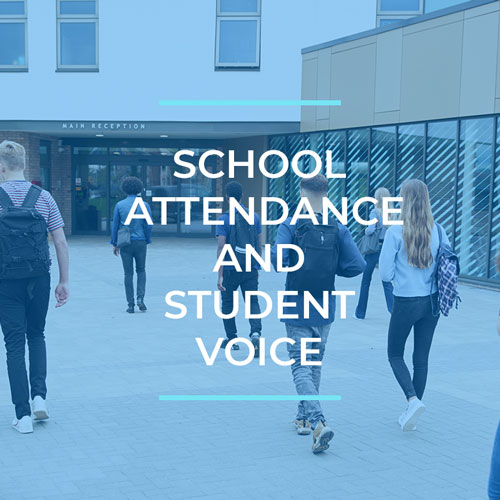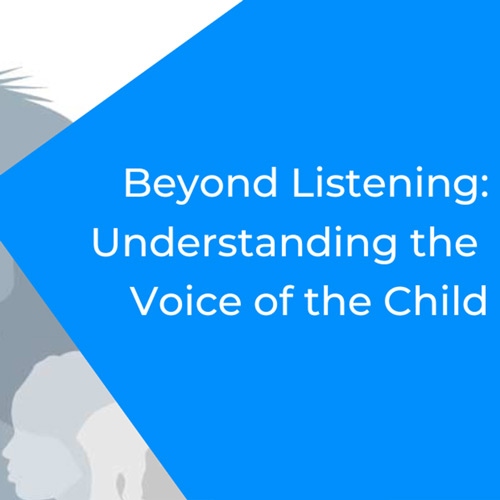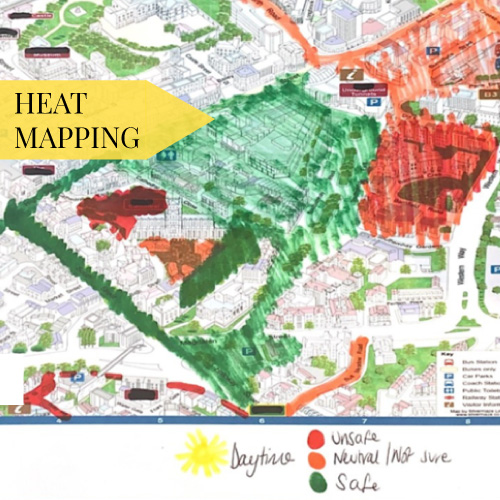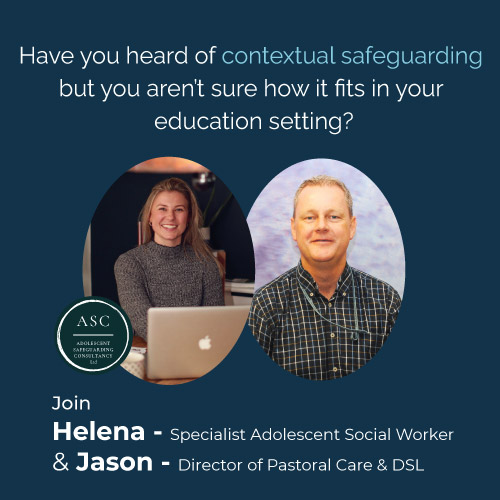Effectively engaging students with reporting, surveys and feedback
“Meaningful Student Involvement happens when the roles of students are actively re-aligned from being the passive recipients of schools to becoming active partners throughout the educational process.”Adam Fletcher
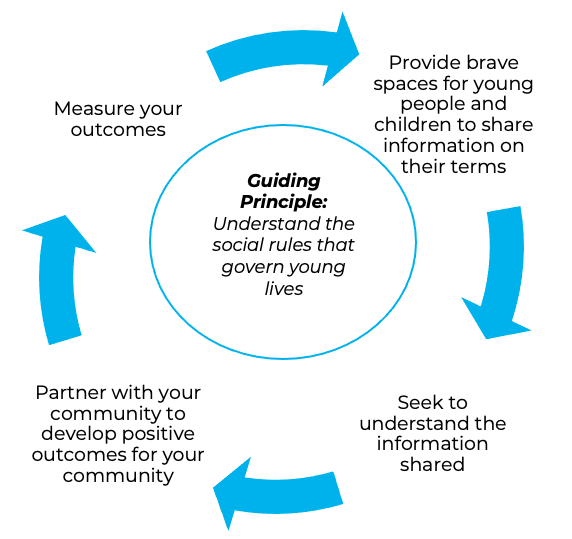
Get our blogs sent straight to your inbox
Guiding Principle
The guiding principle of seeking to understand the lives of our young people is our goal. The framework and immense benefits offered by contextual safeguarding need to become the centre ground in our safeguarding cultures and approaches. Contextual Safeguarding is an approach to understanding, and responding to, young people’s experiences of significant harm beyond their families. It recognises that parents and carers have little influence over these contexts. It is this recognition that is fundamental to our progress, and should fuel our drive to understand the voice and life experiences of the child. The importance of understanding young people’s experiences in these contexts was demonstrated in our webinar ‘Contextual Safeguarding, Extra-Familial Harm and the role of pupil voice‘. Another one of our blogs demonstrates the four clear benefits to contextual safeguarding.
Through attempting to change the context in which harm takes place we will enable young people to socialize in safe supportive environments, thus preventing future harm. As a result our schools, colleges and communities will be safer and stronger.
How our schools get the most out of student feedback
We regularly speak with our schools and their students on how to improve student engagement with their reporting tools. Our recent survey of students provided a range of insightful feedback on why they would use platforms such as The Student Voice to provide feedback. Overall, we found students are engaged with surveys and reporting, but need reassurance that their information will be listened to and need clarity around where their information is going. The Student Voice tool is very versatile and is designed to be used for overall student well-being, not just safeguarding. Download our booklet for a guide on how to implement The Student Voice. It shows how the tool supports The Lundy Model in enabling meaningful student participation.


Here are some of the most effective ways of engaging students with The Student Voice:
Feedback
Although this may sound simple, it can sometimes be overlooked. Responding to student feedback regularly is the MOST important way to engage students. Frequent feedback reinforces that the tools are there, and demonstrates that you have listened. This builds students’ trust in using the system and encourages them to use it more. Our schools have found that this has increased engagement with their reporting platforms and surveys and encouraged students to take an active role in advocating for their community. It takes time to implement and reinforce this, so it is important that the method is consistent. To do this effectively, students must know when to expect the communication and where to access it.
How to do this: Email students with a weekly or bi-weekly summary of feedback, or if you use The Student Voice, signpost them to the ‘You Said We Did’ bulletin page.
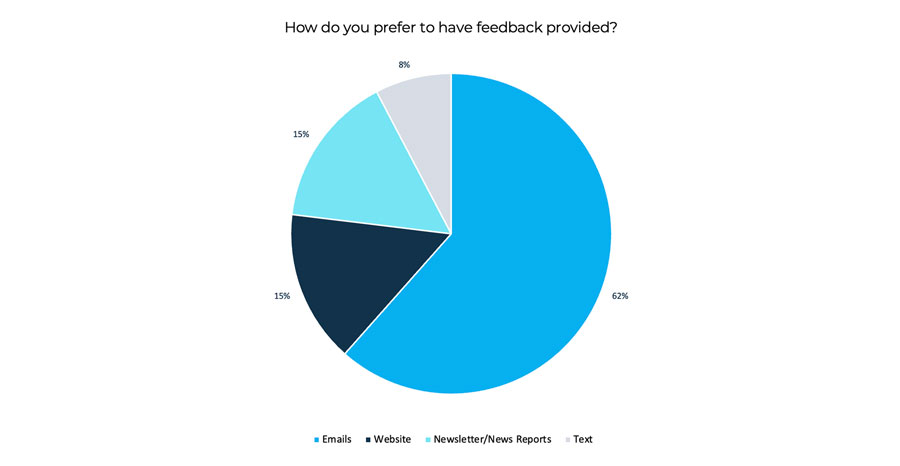
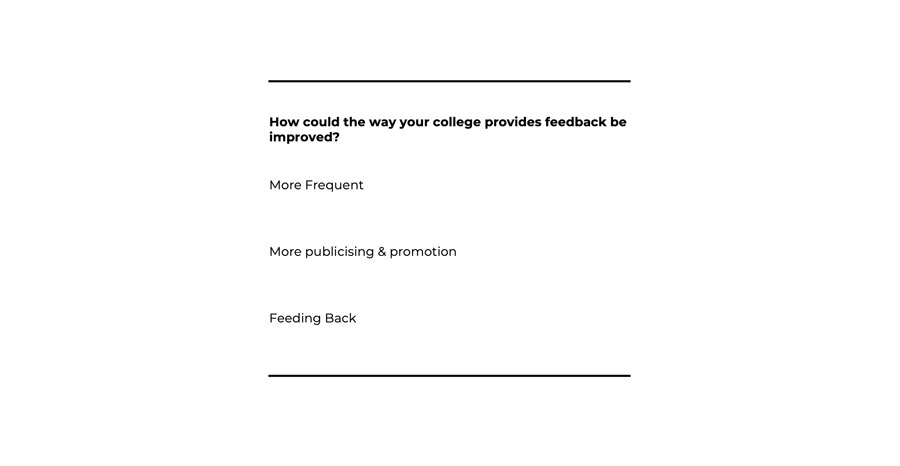
RAG Rating
Get students to RAG rate the school at the beginning and then at end of the year as a benchmarking exercise. Our recent webinar host and Adolescent Social Worker, Helena, outlines the importance of collecting pupil voice regarding the context of extra-familial harm, and how an adult’s perspective can be very different. Watch the segment here.
How to do this: You can use the RAG rating tool in our platform, asking students to rate the safety of every area of your school and areas within the local community. You will be able to generate live and up to date reports in the dashboard to measure your outcomes. This will demonstrate which areas are in need of improvement, and enable your students to share their perspective on why they have rated it a Red, Amber or Green zone.
Surveys and Questions of the Week
Go further than signposting your platform. Ask specific questions to different year groups to engage them with a purpose. Where do they feel most safe/most at risk/unsafe on school grounds? Ask them about areas where different year groups mix, such as the dining hall, toilets, and corridors. How are the transport links? If you have boarding, ask them about their boarding houses or how weekends differ from weekdays in school.
Use as a survey tool: Ask a ‘Question of the Week’, focussing on a specific area (location, online, discrimination). Signpost them to a specific page for improvements and very importantly, for what is working well. These could be the Student Council suggestions page, dining hall, sports centre, fields, common areas, or via the Discrimination page, asking around a specific topic (bullying, harassment, peer-on-peer related issues).
PSHE: Ask students specific questions that could directly impact your curriculum content. Use the home map to gather information on friends, relationships and their online life. These areas can help tailor PSHE based on what’s relevant to your students. On the home map, ask what is going on on social media right now? What’s popular on social media? On the friends and relationships option, ask about healthy/unhealthy relationships.
Student Leaders
Student leader Questions: Ask student leaders to come up with questions for their year groups and ways of promoting it further to the student body, to encourage student ownership and peer-to-peer engagement.
Adapt the messenger: Ask them to present your reporting platform or The Student Voice to their peers – why it’s important and what it’s there for.
Encourage Student Ownership: Get students involved in adding more hotspots to the school and community maps. Where is missing, and where are the indoor or local community hotspots that students feel vulnerable or most comfortable? (Corridors, stairwells, toilets that could be added). They could submit these in the ‘Any other location’ option.


